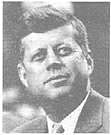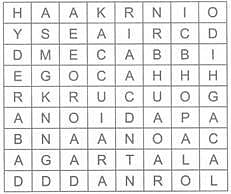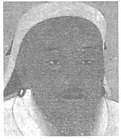Test: India And The World - 1 - Class 5 MCQ
10 Questions MCQ Test Additional Study Material for Class 5 - Test: India And The World - 1
This country was once one of the 15 republics that made up the Soviet Union. It lies on the shores of the Baltic Sea, in Europe. Its capital is Riga. Name the country.
The Julian Calendar introduced by Julius Caesar was the calendar that most countries used in the West for a long time. But the Julian calendar erred because it introduces an error of 1 day every 128 years. So that, in every 128 years the tropical year shifts one day backward. Who rectified this error and created the modern calendar?
| 1 Crore+ students have signed up on EduRev. Have you? Download the App |
New York City has 2 commercial service-primary airports. One of them is named after America's 35th president. What is the name of this airport?


The United Nations is an intergovernmental organization that promotes international co-operation. Its headquarters is located in which of the following cities?
In which city Royal Observatory Greenwich is situated?
Look at the given word grid carefully and select the option which is not given in the word grid. 
He united the tribes of Northeast Asia to become the first Mongol emperor. Under him, his empire occupied most of Asia. Who was this remarkable ruler?

Airports around the world have special codes. Unscramble the letters to get the name of the city in which they are located and select the correct match.
The largest camel fair in the world is held in a temple town of Rajasthan where one can find the only temple of Lord Brahma in India. Which fair are we talking about?

Who founded the Maratha Kingdom in the 17th century CE?
|
10 docs|23 tests
|
|
10 docs|23 tests
|












